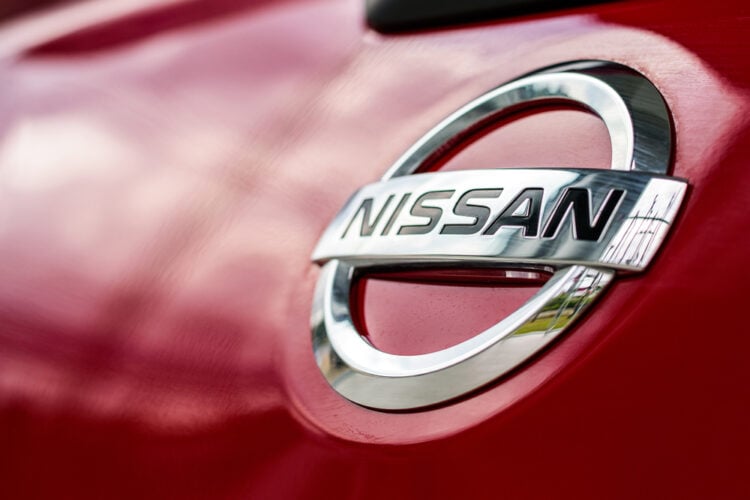How To Prove Distracted Driving in an Auto Accident Case

Distracted driving is a serious and growing problem. The National Safety Council estimates that cell phone use contributes to over one million car accidents each year in the U.S., and that only accounts for one type of distraction. Other behaviors, like eating, talking, or adjusting GPS, systems can be just as dangerous.
Unfortunately, those who are injured by distracted drivers often face an uphill battle when it comes to proving liability and securing fair compensation. Luckily, there are steps both you and a car accident attorney can take to strengthen your case. It all starts immediately after the crash.
1. Collecting Evidence at the Scene
Immediately after an accident, you should always prioritize the safety of yourself and any other drivers or bystanders. Dial 911 if there are any injuries and notify the authorities of the accident. If it is safe to do so, start taking photos of the scene. Capture photos that show the damage to all vehicles involved, skid marks, road conditions, weather, traffic signals, and any other details that might later help reconstruct what happened.
If there are witnesses nearby, make sure to get their names and contact information before they leave the scene. Eyewitnesses can provide valuable accounts of what they saw, including whether the other driver appeared to be using a phone, turning around to speak with passengers, or otherwise not paying attention before the crash occurred.
Lastly, when police arrive at the scene, make sure your version of the events is taken down. Because distracted driving cases often rely on multiple statements, make sure you include your account of the other driver’s actions and be careful not to admit fault or apologize.
2. Leveraging Technology
While evidence at the crash site is often the most readily available, there are many other forms of evidence that will require a lawyer to retrieve, most notably digital technology. An experienced lawyer will typically be able to secure the other driver’s mobile phone records, app usage logs, or text message history through legal channels. These records can reveal if the driver was texting, calling, or using social media at the time of the accident.
Similarly, many modern vehicles are equipped with telematics systems that record driving behaviors such as speed, acceleration, and braking patterns. If a driver suddenly veered off course or failed to react before the crash, this data might indicate distraction.
In some cases, your attorney might also locate dashcam footage, traffic camera recordings, or surveillance video from nearby businesses that captured the collision. These visual forms of evidence can be particularly persuasive, sometimes showing exactly where a driver’s attention was or wasn’t at the time of impact.
3. Witnesses and Expert Testimony
In addition to digital forensics, eyewitness statements and expert testimony can prove essential in distracted driving cases. If someone saw the other driver texting, eating, or otherwise distracted at the time of the accident, their statements can be submitted during proceedings to paint a more thorough account of the event. The same goes for experts who are trained to offer testimony based on professional knowledge. For example, an accident reconstructionist can analyze the physical evidence, vehicle damage, and roadway markings to determine how the crash occurred. If there are indications such as failure to stop when there were clear signals to do so, this could suggest that the driver wasn’t keeping their eyes on the road.
Again, a personal injury attorney can make this process much smoother. They will often have resources to locate eyewitnesses who may not have been identified at the crash site and have a network of expert witnesses that they frequently call on in their cases.
4. Documenting Injuries and Supporting Your Claim
While this is all going on, you can also strengthen the viability of your case by taking diligent notes and collecting documents that detail your damages. This will not only serve as evidence but also help your car accident lawyer calculate what you should expect in terms of a fair settlement amount.
Start by seeking medical attention as soon as possible after the accident, even if your injuries seem minor. Many serious car accident injuries may have delayed symptoms that don’t show up until days or even weeks later. Keep detailed records of all treatments, doctor visits, and prescribed medications, as well as copies of bills, insurance statements, and receipts for any out-of-pocket expenses. You should also document any communication with the insurance company, the other driver, or anyone involved in your claim; however, keep in mind that your attorney will also be able to handle these communications on your behalf to minimize confusion and protect your rights.
Proving Distracted Driving Isn’t Easy, But a Lawyer Can Make All the Difference
While a breathalyzer can prove that an accident was caused by drunk driving and a speedometer can show that an accident was caused by speeding, the evidence is not always immediately clear in a case of distracted driving. If you’ve been injured by a distracted driver, it’s important to collect any and all evidence that may be helpful as you begin the claims process to maximize your best chance at a fair settlement. Remember that in many cases, contacting a lawyer may be necessary to collect hard-to-access evidence, such as digital forensics and surveillance or dashcam footage. Most importantly, they will be able to efficiently organize and present your case in a way that shows a clear case for liability.






